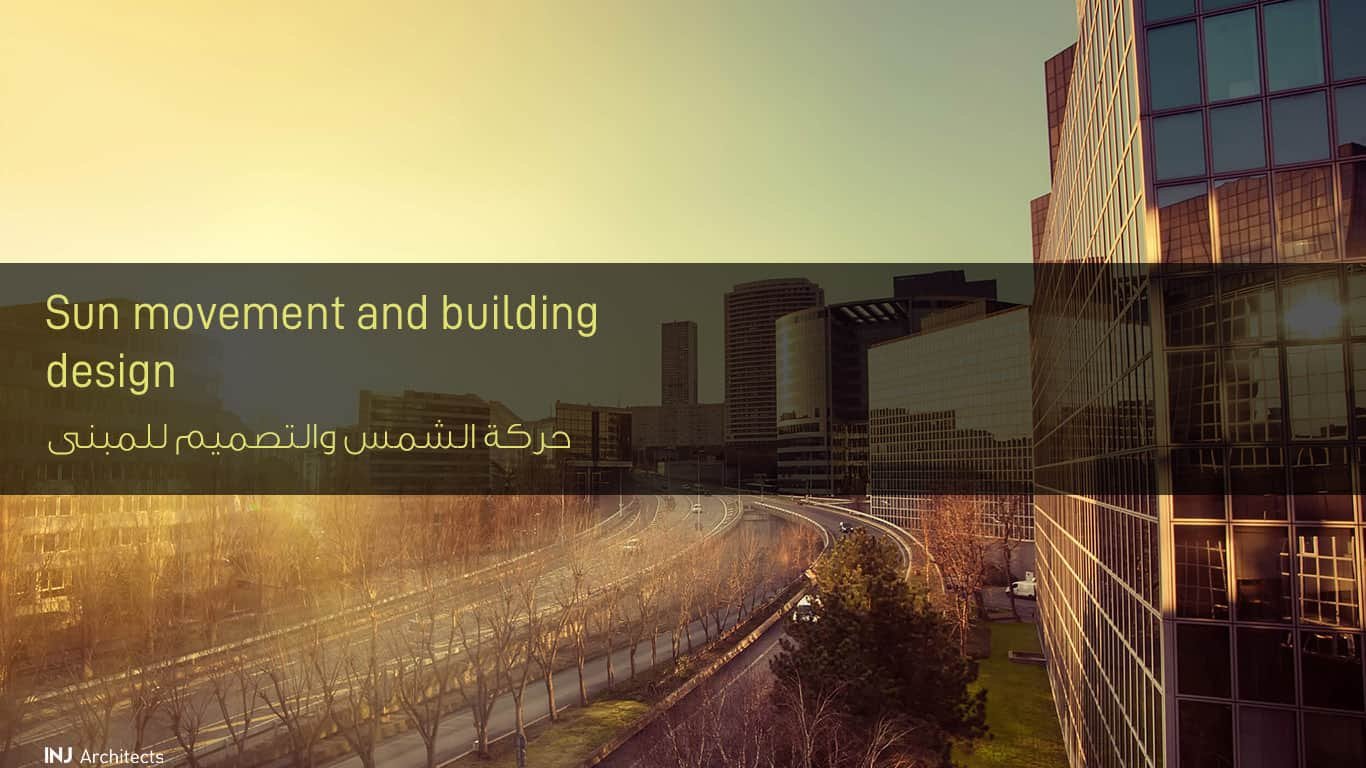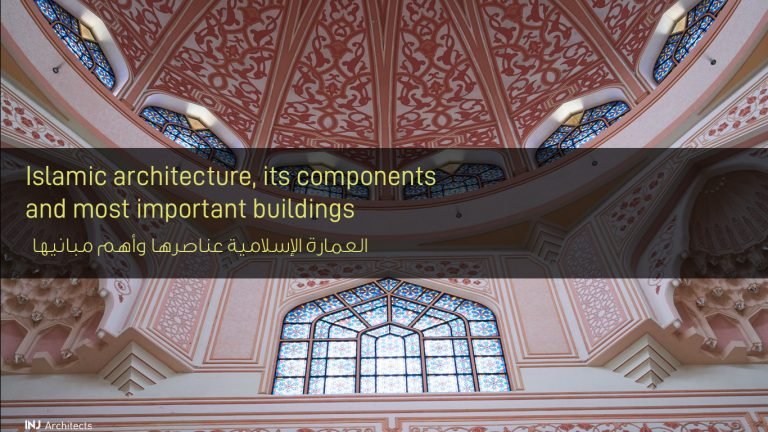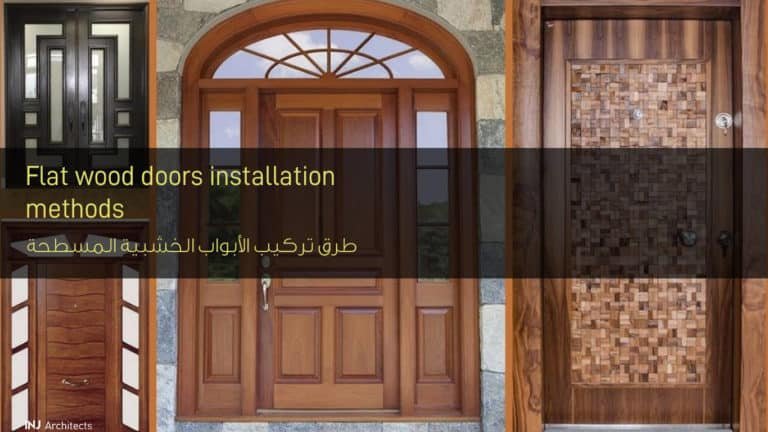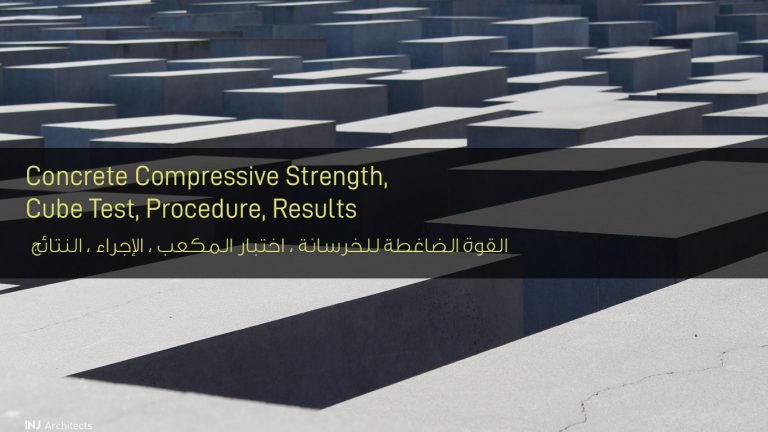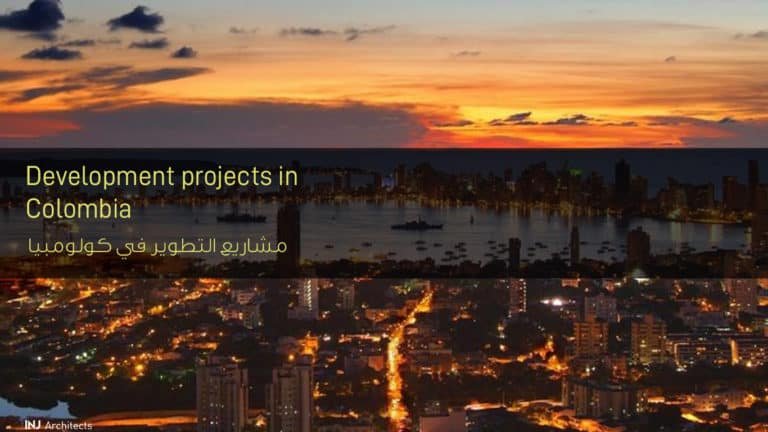Sun movement and building design
Sun movement and building design
The movement of the sun and the design of the building – It is of utmost importance before the designer begins the work of designing the building and taking into account the movement of the sun in mind; in order to achieve environmental control and to take advantage of the sunlight inside and outside the house as closely as possible; it helps to warm the home, and use solar heaters and solar air conditioning , And to provide the right climatic conditions and atmosphere for the convenience of people at the lowest possible cost.
The use of the movement of the sun in designing buildings
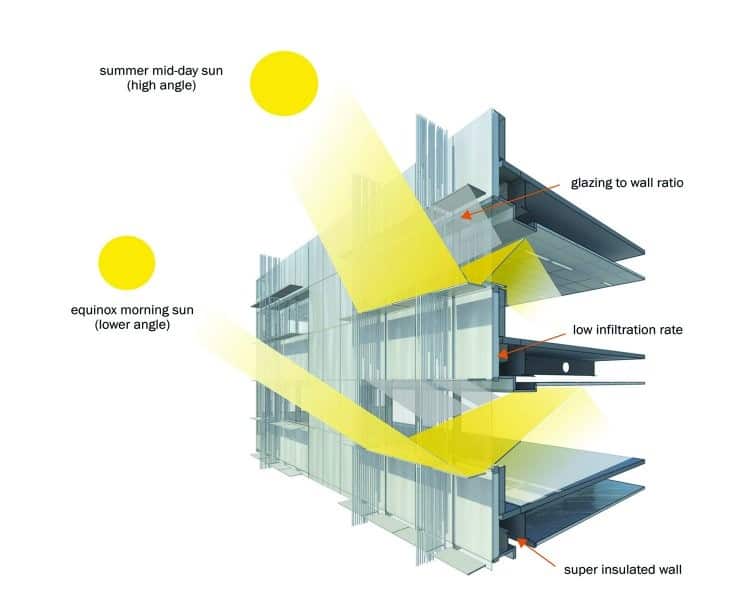
The use of the movement of the sun in terms of its use in designing buildings is divided into three sections:
- Positive terminal
- Sustainable
- Negative
First, the positive architectural design of the sun’s movement
It is a technological trend as this trend depends on the use of equipment and elements, which would benefit from sunlight falling on buildings, and convert them into energy that can be used, and a common example of this system is the use of photovoltaic cells that produce electricity.
Second, the negative architectural design of the sun’s movement
This design aims to adapt the movement of the sun and its rays to the comfort of people who live in the home more than trying to take advantage of these rays in energy production, also known as the design that makes the building able to adapt to climate changes by changing the four seasons, which is the movement of the sun is the element The primary for these changes.
Steps to achieve the negative sun urban design
The negative solar urban design can be achieved through the following steps:
- First we study the design so that we can make the most of the side that passes the sun’s heat as much as possible into the house in the winter, and the least amount possible in the summer.
- The use of smart elements characterized by insulation, and purifies the air in addition to its structural property.
- The tendency is to employ insulation and shading, treating ceilings and forming openings in an optimal way.
- Attention to building materials so that they are excellent quality materials, and with smart properties that help in achieving a balance of heat exchange between inside and outside.
- Attention to good lighting which reduces the use of lamps, and attention to good ventilation, which reduces the use of air conditioners, and thus we have achieved a rationalization in the electric energy used.
The solar negative design methods of the sun’s movement are divided into two methods:
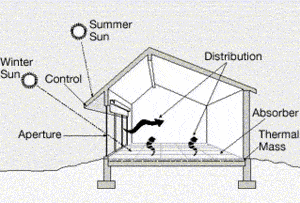
- Direct method
- Indirect method
Direct method:
It is a simple method compared to the rest of the solar design systems that are negative for the movement of the sun and depends on the rays that penetrate directly into the building through the glass. It is possible.
Indirect method:
This method relies on passing sunlight in the winter to a separate place before entering the building. This place softens the rays of the window and at night, this place warms the building. Among the applications of this method:
- Collect the rays between the glass and the walls
- Ventilation tower
- Water roof
Architectural design components of the movement of the sun
- The outer surface that helps to penetrate the sun’s rays.
In it, materials that allow the passage of sunlight into the building are used easily in the direct method, and into the separate place easily in the indirect method such as: glass, plastic and other materials.
- Elements that store heat
They are ready to absorb heat after it has run out, stored, and then distributed to walls and ceilings in certain quantities.
- Elements that spread heat and distribute it around
And that is through natural methods such as pregnancy and radiation
Or other methods such as fans.
Also, browse this fun topic: How to Design a Simple and Small House
Any questions? Follow us on Twitter

